The Great Pyrenees is a majestic breed that is well-known for its imposing size, fluffy coat, and protective nature. They were originally bred to guard flocks of sheep in the Pyrenees Mountains, where they would spend most of their time outdoors.
However, as more and more people bring them into their homes, the question arises: can a great pyrenees be an inside dog? While some may think that a dog bred for outdoor work would not be suitable for indoor living, the truth is that Great Pyrenees can thrive as inside dogs as long as their needs are met.
We will explore the factors determining whether a Great Pyrenees can be an inside dog and offer expert insights from experienced Pyrenees owners and trainers. We will discuss the breed’s exercise requirements, grooming needs, temperament, and how to train a Great Pyrenees to live comfortably and safely indoors.
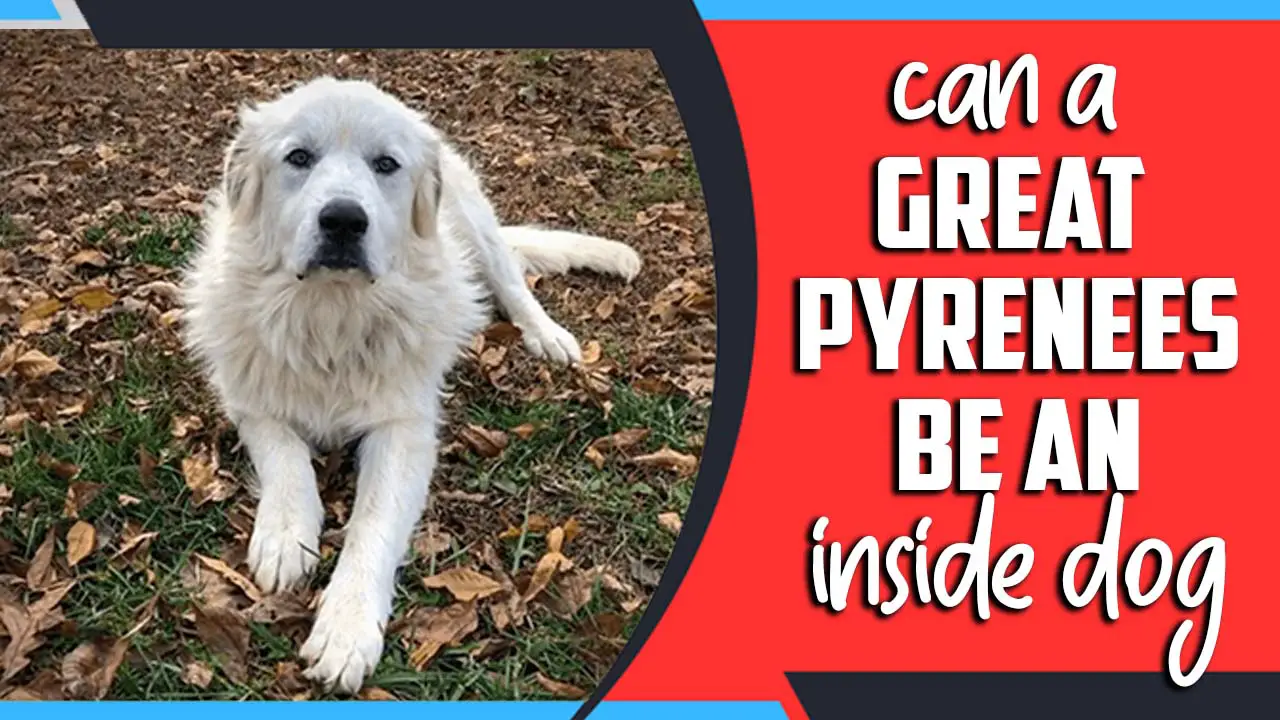
Understanding The Great Pyrenees Breed
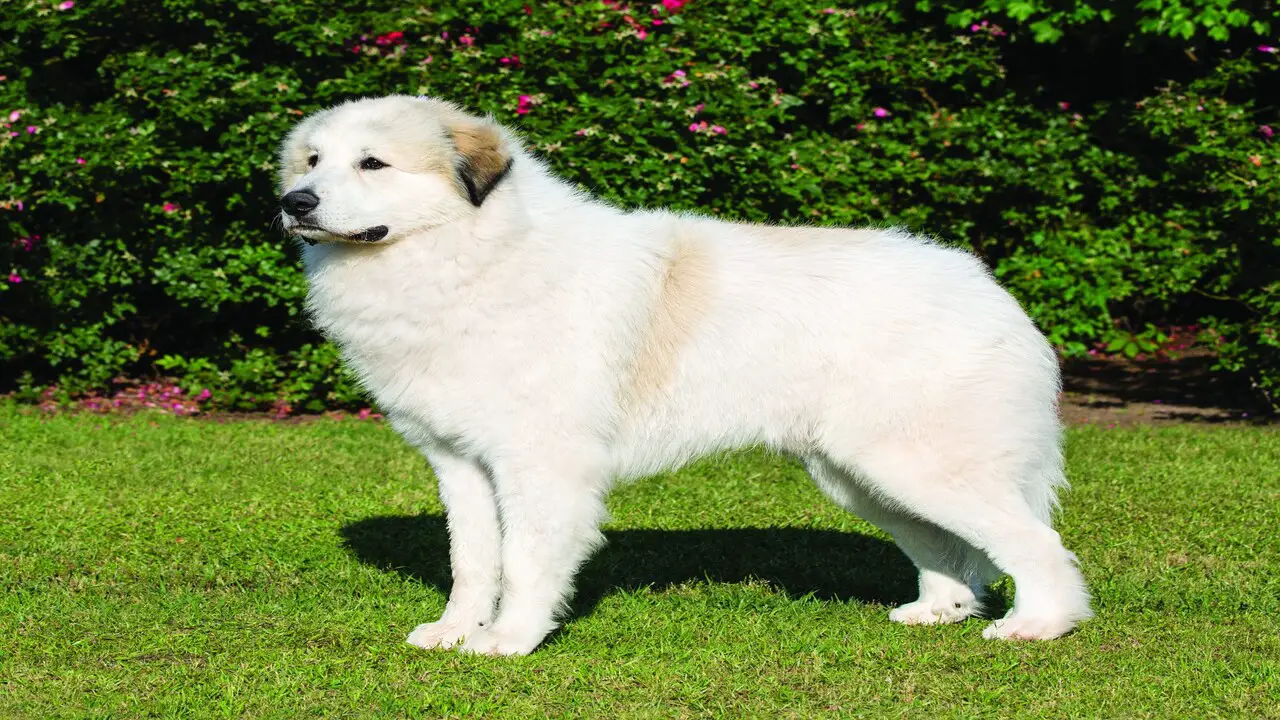
The Great Pyrenees breed, traditionally known as an outdoor working dog, can adapt to living indoors with proper training and socialization. Great Pyrenees dogs require regular exercise and mental stimulation regardless of where they live.
Indoor living can benefit them in certain situations, such as extreme weather conditions or living in apartments. It is important to provide a comfortable and safe indoor environment with enough space and appropriate bedding for Great Pyrenees. So, while they may be traditionally outdoor dogs, they can thrive inside with the right care and attention.
Origin And History
The great Pyrenees, originally from the Pyrenees Mountains of France and Spain, were bred to protect livestock. With a strong instinct to guard and defend, they historically guarded sheep from predators like wolves and bears. These intelligent and independent dogs are popular for their loyalty to their owners. Understanding their history is key to understanding their unique breed needs.
Physical Characteristics
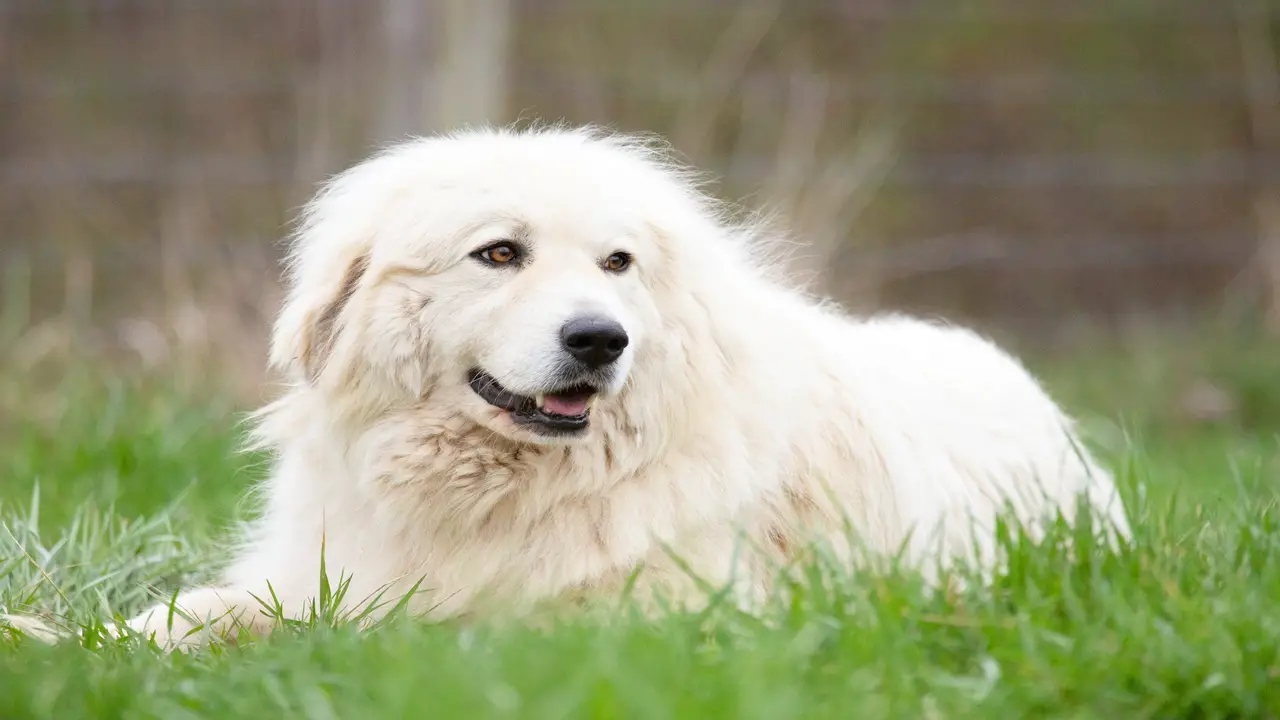
The Great Pyrenees is a majestic breed with distinct physical characteristics. These large, muscular dogs have a strong and sturdy build, making them well-suited for their historical role as livestock guardians.
They have a thick double coat that helps protect them from harsh weather conditions, especially in the cold climates of the Pyrenees Mountains. With an average height ranging from 25 to 32 inches and a weight between 85 to 160 pounds, Great Pyrenees dogs are truly impressive in size. Additionally, their white or off-white coat allows them to blend in with their surroundings, highlighting their regal appearance.
Temperament And Personality Traits
A Great Pyrenees’ temperament and personality traits can greatly influence whether they can be an inside dog. The Great Pyrenees are popular for being calm, gentle, and affectionate towards their families. They are also highly intelligent and independent, so they may require extra training and socialization to be well-behaved indoors.
While they can adapt to living inside, providing them with enough mental and physical stimulation is important to prevent boredom and destructive behavior.
Additionally, their thick double coat makes them better suited for cooler climates, so proper temperature control should be considered if keeping a Great Pyrenees indoors. Ultimately, the decision to have a Great Pyrenees as an inside dog should be based on their individual temperament, lifestyle, and the commitment of the owner to meet their needs.
Can A Great Pyrenees Be An Inside Dog – Explaiend

So, can a great Pyrenees be an inside dog? Yes, a Great Pyrenees can be an inside dog. While these dogs are traditionally bred as livestock guardians, they can adapt to living indoors with proper training and socialization. However, it is important to note that Great Pyrenees are large dogs and require ample space to move around comfortably.
They also have a thick double coat that sheds heavily, so regular grooming is necessary to keep their fur under control. Additionally, the Great Pyrenees are known for their independent nature and may sometimes exhibit stubbornness. Providing them with mental stimulation and consistent obedience training is crucial to ensure they are well-behaved inside the home. A Great Pyrenees can thrive as an inside dog with the right environment and care.
Great Pyrenees In An Indoor Environment
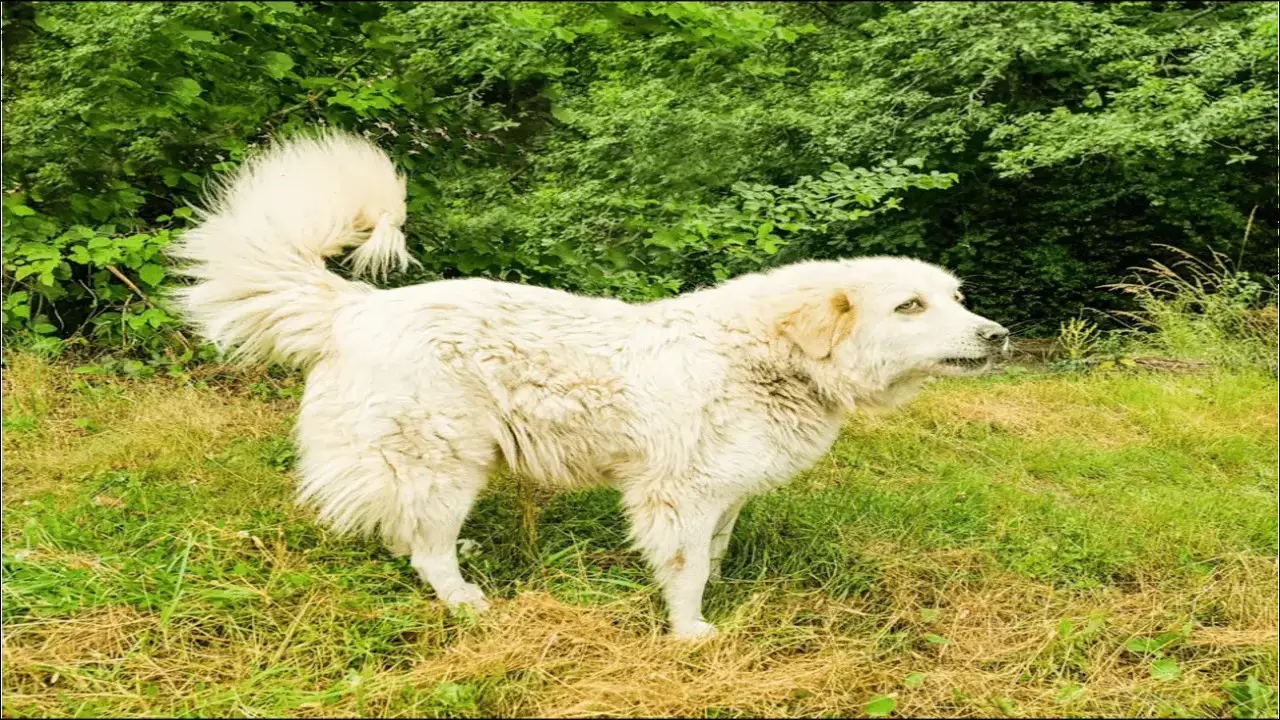
While Great Pyrenees dogs are typically known for their size and strength, making them more suitable for outdoor living, they can adapt to living indoors with proper training and socialization. However, providing enough space for these large breeds to roam and exercise indoors is important.
Due to their thick double coat, regular grooming and maintenance are necessary to keep them comfortable. Mental stimulation and activities should be provided to prevent boredom and destructive behavior.
Adapting To Indoor Spaces
Great Pyrenees are popular for their size and outdoor nature, but they can adapt to living indoors with the right conditions. They require ample space and regular exercise to stay healthy and happy. Creating a comfortable and temperature-controlled environment is crucial for their well-being.
Proper training and socialization are essential to ensure they behave well indoors. Indoor living can protect from extreme weather and predators. Regular grooming is necessary to manage shedding and keep the indoor environment clean. Great Pyrenees can thrive as indoor dogs by giving them the right care.
Exercise And Activity Needs
Great Pyrenees have moderate exercise needs but still require regular physical activity for their overall health and to prevent boredom. You can engage them with puzzle toys, obedience training, and interactive play to meet their exercise needs indoors.
However, it’s important to provide ample space and opportunities for them to roam and explore even in an indoor environment. Regular walks and outdoor playtime are also important for their mental stimulation and socialization. Consult a veterinarian or professional trainer to create a suitable exercise plan for your Great Pyrenees’ needs.
Dealing With The Pyrenees’ Shedding Inside
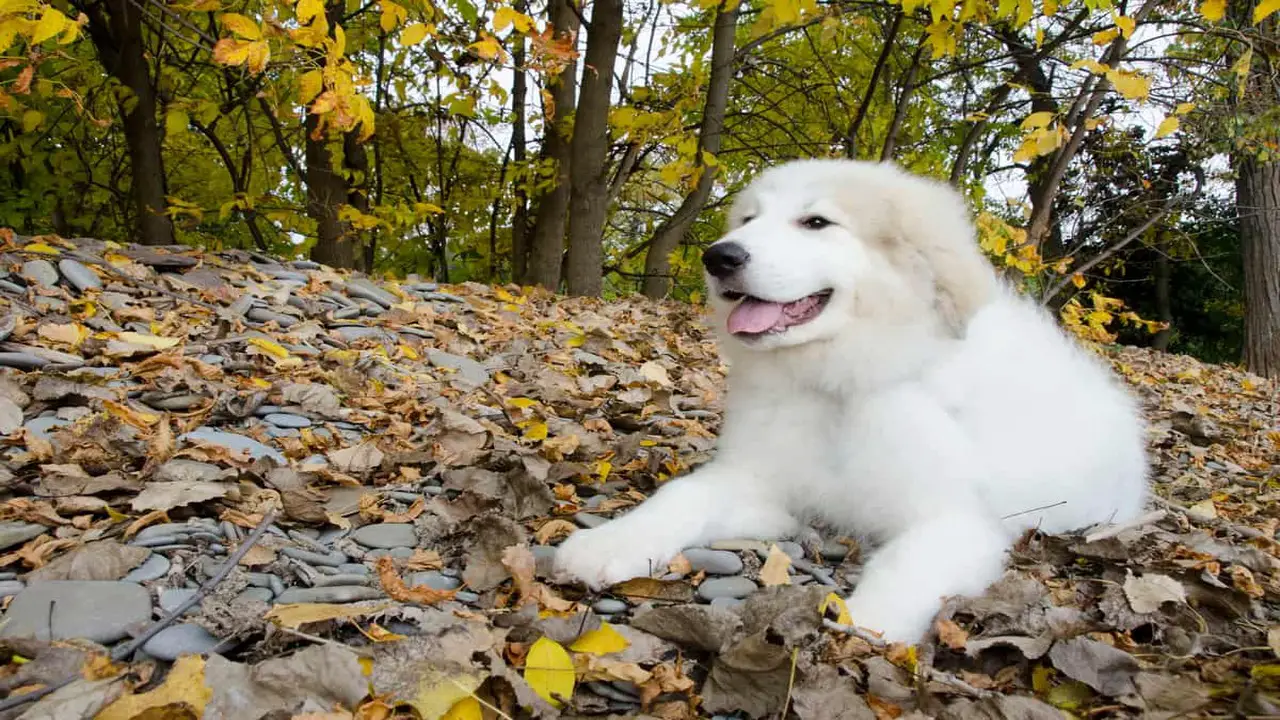
As a breed, Great Pyrenees have a thick double coat that sheds throughout the year. To manage their shedding indoors, regular grooming and maintenance are necessary. Investing in a good vacuum cleaner and lint roller can help keep the hair under control.
While regular brushing can minimize shedding to some extent, it is important to be prepared for a certain level of shedding regardless. Providing a designated area or bed for your Great Pyrenees indoors can help contain and manage the shedding in one area. Additionally, a shedding blade or de-shedding tool can effectively remove loose hair before it ends up all over your home.
Challenges Of Keeping A Great Pyrenees Inside
Keeping a Great Pyrenees inside comes with its unique set of challenges. These large dogs require ample space and exercise to thrive, which can be difficult to provide indoors. Their thick double coat sheds heavily, posing a grooming challenge indoors.
Additionally, their independent and protective nature may lead to territorial behaviors when confined in a smaller space. Moreover, Great Pyrenees are prone to health issues like hip dysplasia, which can worsen with limited exercise. Despite these challenges, proper training, socialization, and sufficient indoor and outdoor activity can make it possible for a Great Pyrenees to be an inside dog.
Training And Socialization Needs
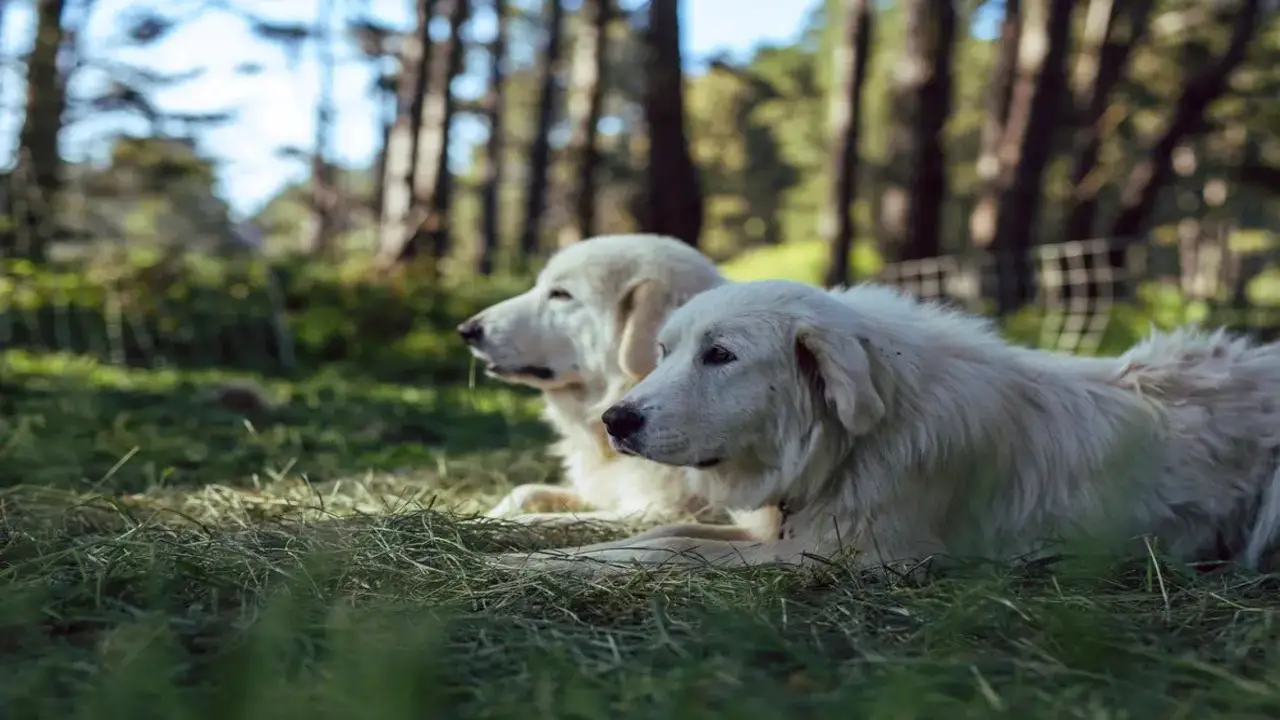
Great Pyrenees puppies require consistent training and socialization from an early age to ensure they adapt well to living indoors. Adequate mental and physical stimulation is crucial to prevent boredom and destructive behaviors in these dogs. Ongoing obedience training helps establish boundaries and reinforces good behavior inside the home.
Regular socialization with other dogs and people is necessary to prevent aggression or anxiety. Engaging in positive reinforcement training methods can help create a strong bond and mutual understanding between the Great Pyrenees and their owner when keeping them indoors.
Health And Grooming
Great Pyrenees have a thick double coat that requires regular brushing to prevent matting and shedding. Inside environments may not provide enough space for Great Pyrenees to exercise and maintain a healthy weight. Great Pyrenees are prone to certain health issues, such as joint problems and obesity, which can be exacerbated by limited physical activity indoors.
Regular grooming and veterinary care are essential to ensure the overall health and well-being of Great Pyrenees kept indoors. Indoor living may pose challenges in proper ventilation and preventing overheating, especially in warmer climates.
Benefits Of Having A Great Pyrenees As An Inside Dog
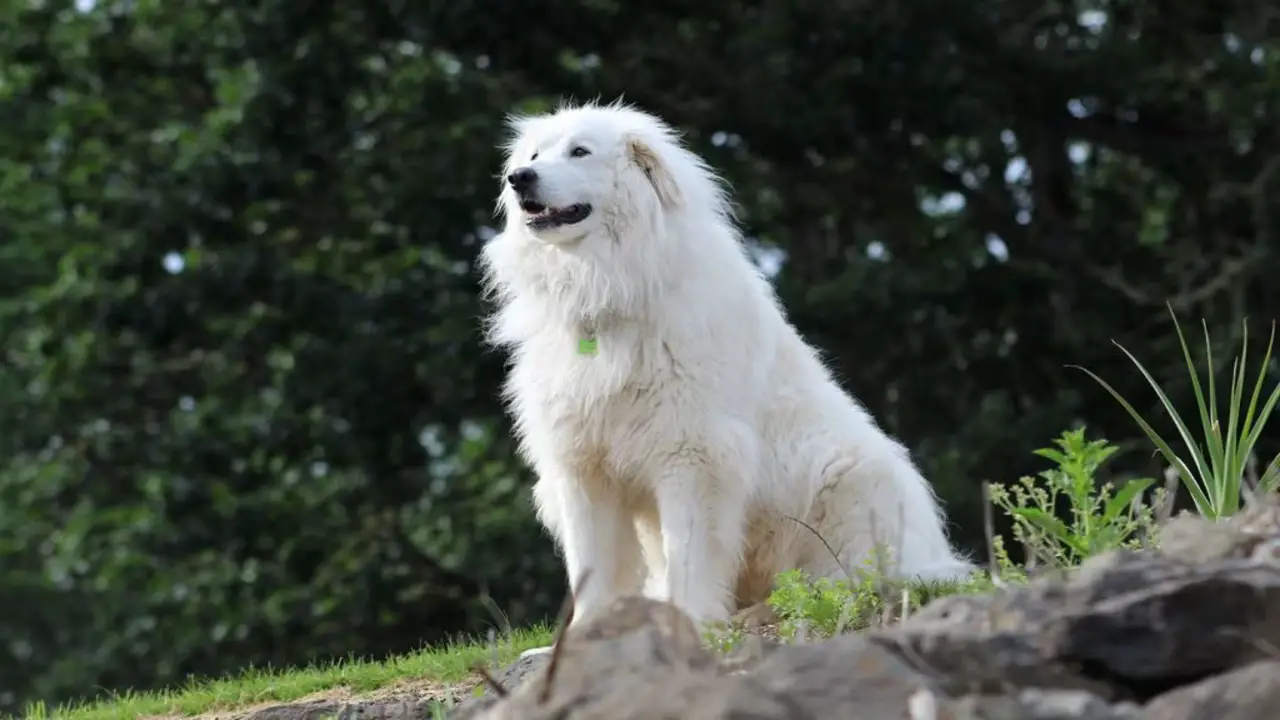
Having a Great Pyrenees as an inside dog can offer numerous benefits for the dog and the owner. Great Pyrenees are popular for their calm and gentle nature, making them well-suited to indoor living. By keeping them inside, you can ensure they are safe from potential dangers such as extreme weather conditions or encounters with other animals.
Having a Great Pyrenees as an inside dog also allows for a closer bonding between the dog and the family as they fully integrate into the household routine. This breed is also known for being protective, so having them indoors can provide a sense of security for your home.
However, it is important to note that Great Pyrenees are large dogs that require regular exercise, so it is crucial to provide them with sufficient physical activity even when kept indoors.
Companionship And Protection
Great Pyrenees dogs are popular for their exceptional companionship and unwavering loyalty. When kept indoors, these gentle giants have the opportunity to forge even stronger bonds with their family members. Furthermore, their natural protective instincts provide an added layer of security inside the home.
Keeping the Great Pyrenees indoors also helps to minimize their exposure to harsh weather conditions, ensuring their well-being. Additionally, indoor living allows easier supervision and training, enabling owners to establish boundaries and reinforce obedience. With their loving nature and protective instincts, Great Pyrenees make wonderful indoor companions for any family.
Suitable For Families With Children
The great Pyrenees are renowned for their gentle and patient nature, making them excellent companions for children. These dogs have a natural instinct to protect and care for children, providing a sense of security in the home.
Having a Great Pyrenees inside can also help children develop empathy and responsibility towards animals. Furthermore, these dogs can provide comfort and emotional support, particularly for children with anxiety or special needs. With regular exercise and mental stimulation, Great Pyrenees can adapt well to indoor living, making them suitable for families with children.
Creating A Comfy Space
To ensure your Great Pyrenees is comfortable inside, provide a cozy bed adorned with soft blankets for them to rest on. Set up a designated area with toys and chew treats to entertain them. Use baby gates or barriers to control their access to specific parts of your home. Make sure the temperature is pleasant, and always provide fresh water. Regular exercise and mental stimulation are crucial to prevent boredom and restlessness. By creating a comfy space, your Great Pyrenees will feel right at home indoors.
Conclusion
Whether a Great Pyrenees can be an inside dog depends on various factors such as their temperament, exercise needs, and living arrangements. While they are popular to adapt well to indoor spaces with proper training and socialization, it is important to address their specific needs, such as regular exercise, grooming, and creating a comfortable living environment.
Great Pyrenees can provide companionship and protection and are suitable for families with children, making them a great choice for indoor living. By understanding the breed’s characteristics and providing the necessary care, you can create a harmonious and fulfilling living arrangement with your Great Pyrenees. We hope you now understand can a great Pyrenees be an inside dog or not.
Frequently Asked Questions
[rank_math_rich_snippet id=”s-e6d7ea41-e47d-4cd2-92e2-669dddfede8d”]